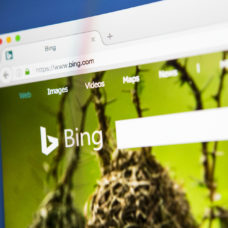In a recent blog post, Google announced that it’d completely switch over to mobile-first indexing by September 2020.
For a while now, more users have been surfing the internet using their smartphones and tablets.
The web has slowly evolved from desktop to mobile. In response to this gradual shift, webmasters have allowed crawling and indexing to match how users interact online.
Expectedly, Google has also been working on mobile-first indexing since 2016.
According to the search engine giant, most of the sites that appear on its SERP are ready for this type of indexing. Also, Google confirmed 70 percent of sites have already made this shift.
Now, the tech company has announced its intention to move the whole web.
In a blog post, developer advocate at Google Zurich, John Mueller said:
“We’ll be switching to mobile-first indexing for all websites starting September 2020. In the meantime, we’ll continue moving sites to mobile-first indexing when our systems recognize that they’re ready.”
Here’s what you should know.
Signs That Your Website Is On Mobile-First Indexing
Domains that have been switched to mobile-first indexing will notice an increase in Googlebot‘s crawling.
But, Mueller pointed out that the change could take a while, depending on the domain. Although Google can still crawl sites using the desktop Googlebot, a mobile smartphone user-agent will do most crawling for Search.
The Search Console provides another way to know if your website is on mobile-first indexing. According to Google, the settings page and URL inspection tool on the console should display your indexing status.
If your site is still on the traditional desktop indexing, Google should have sent a notice with more information. Here’s a screenshot.

If you received one of these notices, you might have until September 2020 to take action.
If Google’s mobile crawler has issues accessing your site, it could impact your indexing. In turn, this would affect how your webpages rank on Google.


















Comments (0)
Most Recent